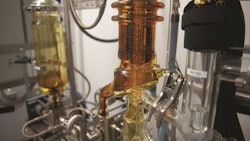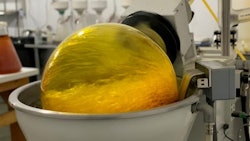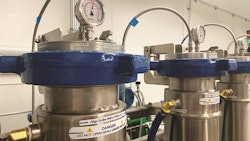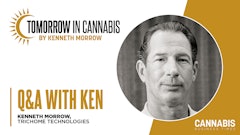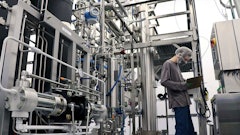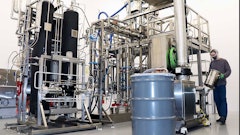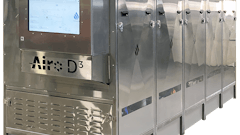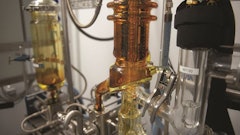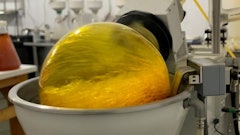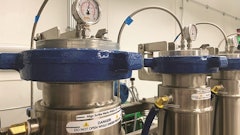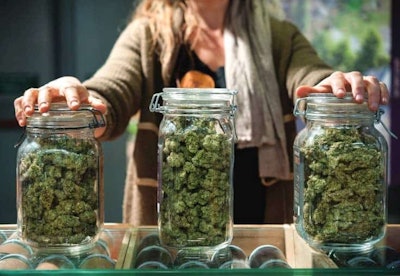
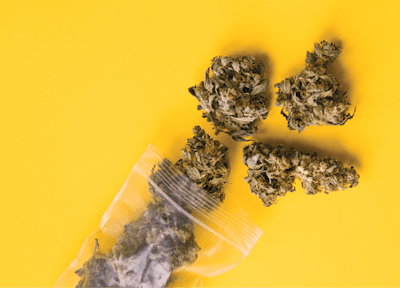
Many cannabis growers have chosen to cultivate cannabis cultivars that produce buds with the most “bag appeal” when dried, cured, manicured, and placed in a container, bag, or jar for sale. Those genetics that feature dense, well-structured nugs, colorful expressions, and rich, frosty trichomes are prized as top-shelf products.
These top-shelf flower products typically can be categorized into four broad commercial categories:1. Basic flavors of the month:
Whatever is the hardest to find, or won the last cannabis competition, has the most recent Internet hype, or simply sells for the highest current market value.
2. Proprietary genetics:
Genetics owned or exclusively licensed or bred by the producer. Regardless of source, these genetics are proprietary and solely produced by one company and not by competitors within the same market.
3. Old-world/landrace genetics:
These are the basic staples and old, reliable genetics that consumers have desired, paid for, and come to expect for decades. Multiple seed companies today specialize in old-world/landrace genetics preservation, and more, providing many of the popular genetics of yesteryears.
4. Medicinal/pharmaceutical cultivars:
THCV, CBC, CBD, or any alternative cannabinoid or desired terpene other than simply THC that potentially can have therapeutic benefits in treating various disease symptoms.
The consumer’s decision on whether to purchase one product over another in most of these categories often will come down to the product’s visual appeal in its packaging.
But if the cannabis is not destined to be sold as top-shelf flowers in containers, then is bag appeal really a desired trait for most commercial cultivators? The answer is “likely not.”
Multiple factors regarding genetic selection in cannabis production determine which cultivars will be grown by very large commercial operations, and each operation has a separate vision for the cannabis genetics it grows and the resulting products it produces for public consumption. Below, I explore how some of these visions could affect cultivar selection for commercial production.
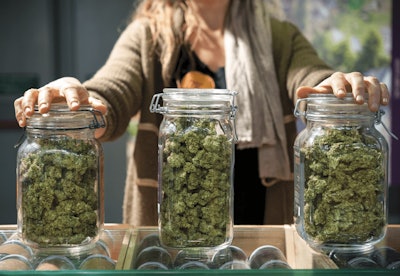
Cannabis Destined for Extraction Only
Imagine a scenario where a grower was asked to produce a cannabis crop for extraction only, to make various concentrated adult-use products, and the cultivar choices were: a cultivar that produced tight, dense buds with great bag appeal, or a cultivar that produced large, fluffy, airy buds that have no bag appeal but has higher tested THC levels. Which option would be best suited for the desired end use?
The logical choice would be the cultivar with the higher THC content, especially since the products are going to be sold in an adult-use market. An extractor wants a cultivar that produces superior amounts of a desired compound with minimal undesirable material, so an airy/fluffy bud is acceptable if it has elevated levels of desirable compounds. A cultivar’s finished bag appeal, in this case, would have no value.
Beyond cannabinoids, a growing extraction market could open an opportunity to produce plants that have abnormally high terpene contents. These plants would be produced solely for terpene isolation so they can be utilized both to adjust the viscosity of concentrate oils (to some degree) and to impart the natural cannabis aroma and flavor to a cannabinoid distillate destined for vape cartridges.

Cannabis Produced for Medicinal/Pharmaceutical Production
As the cannabis industry matures, we will see more pharmaceutical companies and startups investigate cannabinoids for their medicinal potential. These manufacturers do not view cannabis flowers as a finished product, but rather a vehicle delivering active pharmaceutical ingredients (APIs).
A cultivation company working with a buyer that wants a specific cannabinoid or compound (e.g., a terpene) should not consider “bag appeal” when making cultivar decisions. More often than not, the manufacturer will prefer a cultivar that only produces the compound they desire in great abundance, and nothing more, especially considering they likely will extract and isolate the desired compound. Again, airy or wispy flower bud structures are meaningless as long as the desired compound levels are elevated to other cultivars.
Cultivators might have to adapt their production methodologies, especially when cultivating for minor or “exotic” cannabinoids. For example, certain cultivars may express higher levels of a desired minor cannabinoid at week 5 of the flowering cycle. In this case, it would not make fiscal sense to complete the traditional eight or more weeks in the flowering cycle. By eliminating three or more weeks from the production cycle, growers can lower the production costs for that cultivar. Also, by harvesting at week 5, growers can facilitate more crop rotations per year (if cultivating indoors or in a greenhouse).
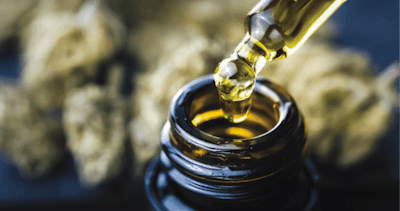
Cannabis Produced for a Specific Finished Flower Structure
I recently was told about a cigarette manufacturer utilizing the same equipment it was using for rolling cigarettes as it was for rolling cannabis prerolls. It was explained to me that the company preferred a fluffier bud structure as opposed to a dense, tightly packed, closely trimmed, trichome-covered flower. The reason it prefers a slightly looser bud with fewer resin glands is it is less sticky, making that flower easier to roll into cigarettes without gumming up the equipment as it would with the denser and stickier buds.
Growers producing these types of flowers for preroll makers understand that their finished product would not be considered high grade nor top shelf. This is perfectly fine with them because they have no desire to be considered boutique, high-grade, nor top shelf. Their intended customer is the same customer that would consume a mainstream, non-craft beer (like a Budweiser). Just like Budweiser, the preroll manufacturer also will sell a basic, consistent product, and they are hoping to sell a gazillion prerolls for an affordable price. Given the track record of “the king of beers,” I suspect these companies will find customers.
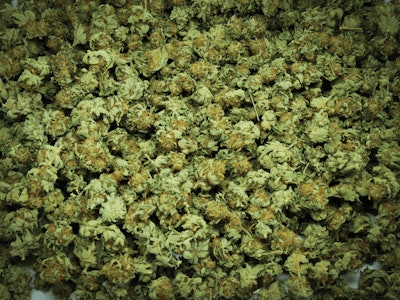
Moving Forward
Cultivar selection and production processes will adapt to changing market dynamics in the near future, especially when cannabis is federally legalized and interstate commerce is allowed. Once producers can sell products across state lines, it will no longer be feasible for all cultivators to produce and compete in the top-shelf, bag-appeal category.
Even producers currently winning in the top-shelf category will see their market share dwindle as national competition ramps up. It is likely that, in the near future, cannabis growers will only be able to send their top 10% of flower to market as a finished product, with the rest sent for extraction. (Preferably it is extracted wet and frozen to preserve as many terpenes as possible.) This will drastically shift production needs and priorities for many of these producers. The cultivars chosen obviously will be rich in THC, but equally as important will be their terpene content, as those volatile compounds will be utilized to impart a desirable aroma and flavor to vape cartridges and other concentrates.
That said, interstate commerce will allow cultivators to diversify their offerings by opening new market opportunities like those mentioned in this article. These and other factors will dictate to some degree exactly which cultivars will be chosen to cultivate in the future and what production processes are best adapted to them.









